General
Our product brand G-Print is defined by a set of characteristics and statements. Understanding and applying them truly and consistently in daily brand management is what makes our brand unique and attractive. This Brand Definition is only a condensed version. If you need more information, please contact our marketing team: marketing@arcticpaper.com
Brand essence
The cocky but considerate workhorse.
Brand positioning
The paper with unique properties and service in selected segments.
Behaviour
Self confident, honest and direct, always delivering on promises made.
Target groups
Printers, merchanst, publisher, agencies.
Core values and vision
Consistent – Straight forward – Caring – Daring
To be the printers first choice of map (matt) coated paper due to its reliable performance.
Customer offer
A truly unique paper with unrivalled combination of technical features and feel, giving an outstanding performance in selected print applications.
Logotype
The logotype is one of the most important elements in the visual appearance of a brand. As a distinctive, always present sign, it is the sender’s identification, signature and reminder in one.

The complete logotype consists of two components: the G-Print word mark and the horse picture mark. The logotype always must be used as a combined word and picture mark.
Logotype clear space

To ensure prominence and legibility, the G-Print logotype is always surrounded by an area of clear space which remains free of other elements such as typography and other graphical elements. The minimum area of clear space is illustrated here by a rectangular box containing the G-Print logotype. Its construction is based on the height of the letter “G”.
Minimum logotype height
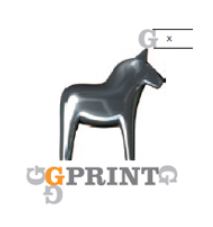
The free area should be at least equal to the height of the G in the word mark.
Minumum size is 10 mm, the measurements are based on the width of the word mark. This minimum size has been determined to ensure maximum clarity and legibility for small applications.
Logotype variants

Negative logotype
Negative logotype is to be used with uniformly coloured backgrounds or on dark images, where colour version is not suitable.
When to use
Product brand logotype
- Direct marketing tools
- Material for one product brand
- Product-specific ads
Corporate brand logotype
- Sender for Company ads.
- Packaging for direct marketing, swatches, etc.
- Material for more than one brand.
- In case of sponsoring.
- Unit-specific (Sales Office, Mill, Headquarter) material.
Note: Never use product brand logotypes and corporate brand logotype together.
Colours
Colour is an effective and important part of communication. We have put to gether a clear colour palette that is in line with our identity and our logotypes. When we use these colours consistently, they help to create recognition and build our brand.
G-Print colours
Primary Colours
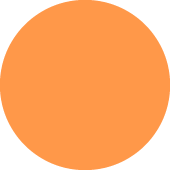
G-Print Orange
RGB
CMYK
Pantone
Note: A PMS colour sample should be used as proof for print, to ensure best result.
Secondary Colours
RGB 232/232/234
CMYK 0/0/0/15
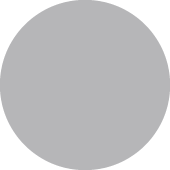
RGB 182/182/184
CMYK 0/0/0/40
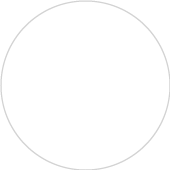
RGB 255/255/225
CMYK 0/0/0/0

RGB 0/0/0
CMYK 0/0/0/100
The G-Print colour system consists of orange and gray hues. Secondary colours are used for infographics, illustrations, PowerPoint graphics, etc.
Colour systems
Pantone
Pantone is used when printing in separate colours, for example stationery.
CMYK
Cyan/Magenta/Yellow/Key colour = Black is used in 4-colour printing (brochures, advertisements, etc.).
RGB
Red/Green/Blue is the scale for screen colours, for example the Web and PowerPoint.
It is important to choose the right colour model for the corporate communications medium. In the download area, you can download Adobe ASE files for your working program.
Typography
Using the right typeface and, moreover, the right version of each typeface is crucial in order to maintain the graphic profile. It should also be ensured that point size, spacing and other variables do not differ from the original version.
Tables, paper descriptions and some glyphs need to be implemented as shown in the manual. Headlines and sub-headlines can be implemented in a freer manner.
Fonts for G-Print
G-Print uses Avenir LT Pro Office typeface for all publications, such as campaigns.
Additonally, the Clarendon typeface can be used for campaigns.
To use the typefaces, a licence for the fonts needs to be acquired.
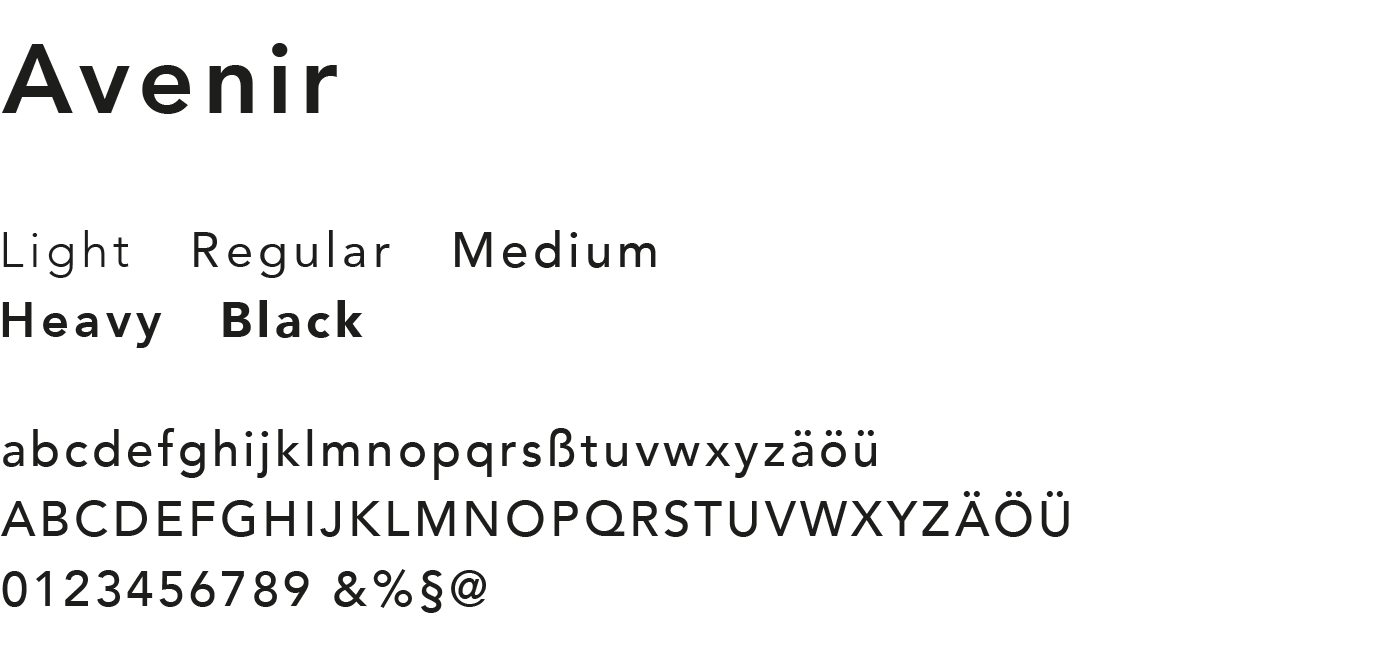
Typographic language
With the aid of the fonts Avenir LT Pro Office Medium and Avenir LT Pro Office Heavy, the amount of white space increases. See examples of applications below, to get an idea of the typographic style.
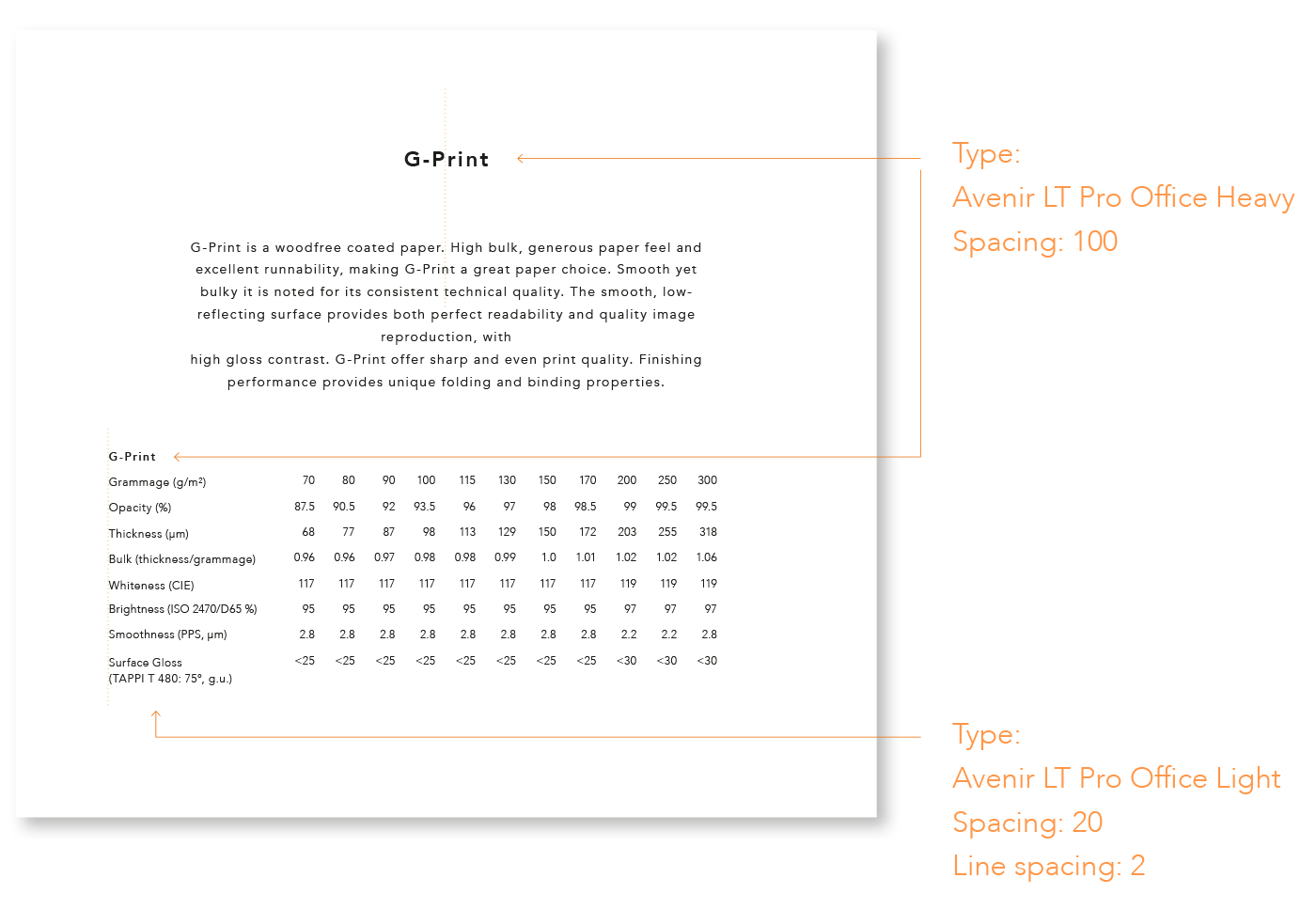
Tables
Grammage tables are important elements for the visual identity of G-Print. They should be the same for all brands.
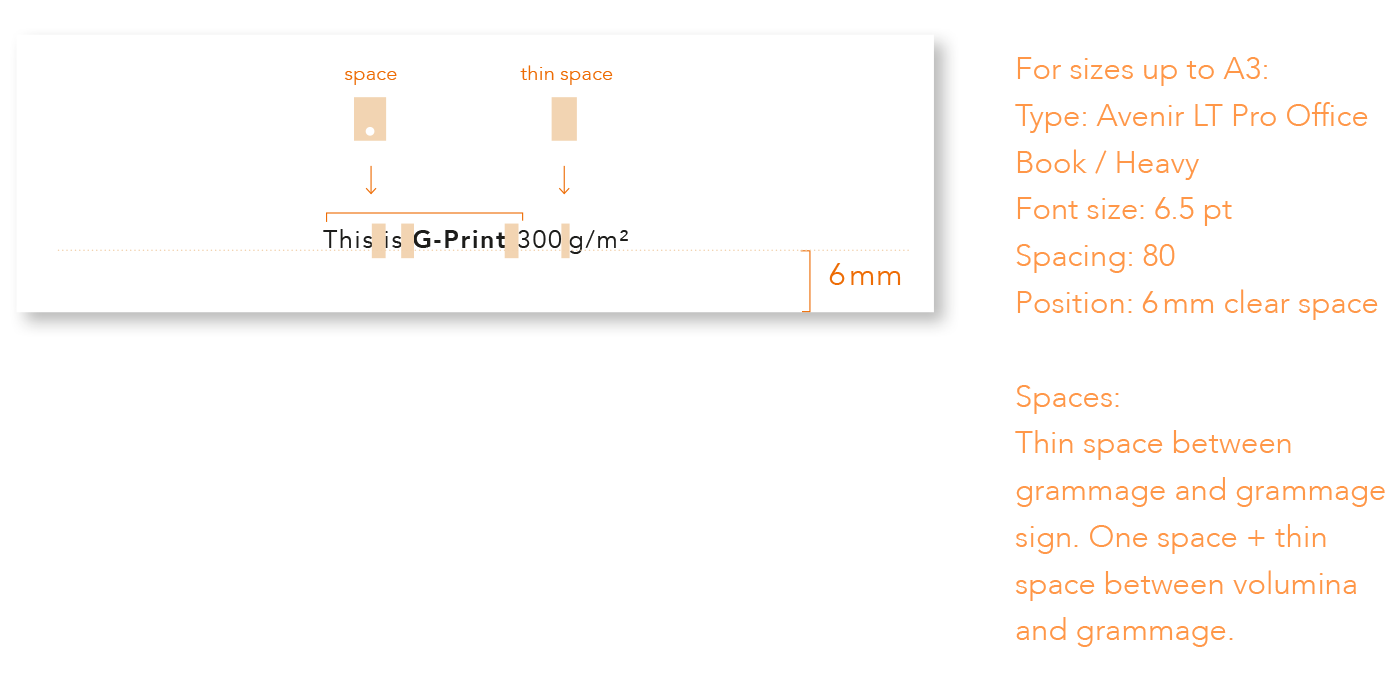
Paper descriptions
Paper descriptions are important elements for the visual identy of G-Print. They should be the same for all brands.

Glyphs
Please use the correct glyphs.